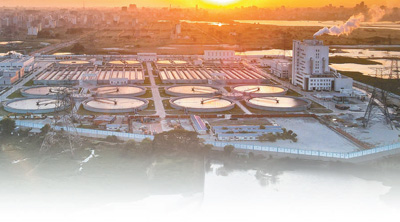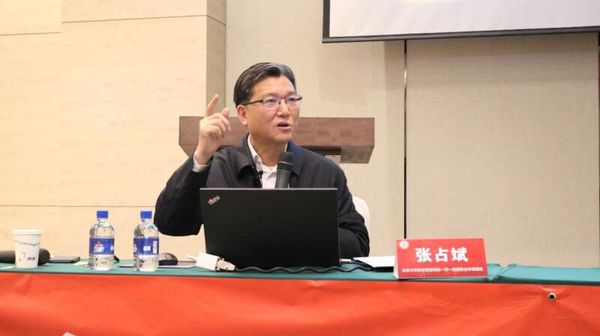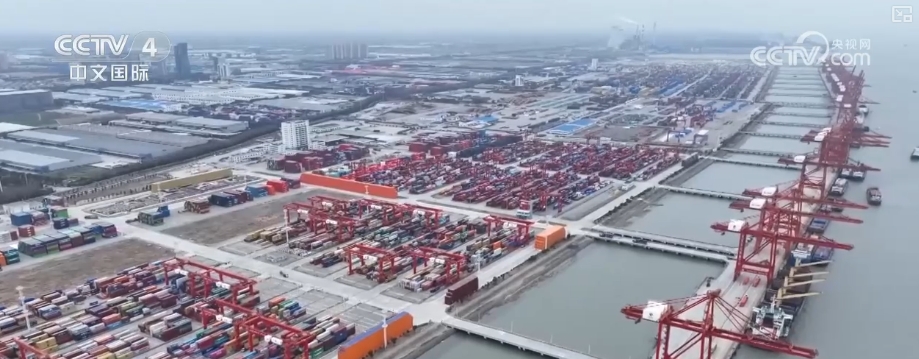Commentary: "Reciprocal Development" Outlines The Bright Picture Of China's Foreign Trade
Commentary: "Reciprocal Development" Outlines The Bright Picture Of China's Foreign Trade
According to Xinhua News Agency on August 25, Sun Meijun, Director of the General Administration of Customs, introduced at the series of thematic press conferences held by the State Information Office on the same day that since the "14th Five-Year Plan", the customs have signed 519 cooperation documents to the outside world.
According to Xinhua News Agency on August 25, Sun Meijun, Director of the General Administration of Customs, introduced at the series of thematic press conferences held by the State Information Office on the same day that since the "14th Five-Year Plan", the customs have signed 519 cooperation documents to the outside world. In 2024, my country and countries jointly built the "Belt and Road" will have imports and exports of 22 trillion yuan, accounting for more than half of my country's imports and exports, and the annual import and export growth of more than 10% with emerging markets such as ASEAN, Latin America, Africa, and Central Asia. my country has become the top three trading partners of 157 countries and regions around the world. The new advantages of international win-win cooperation are more prominent.

On August 25, the State Council Information Office held a series of theme press conferences on "Complete the 14th Five-Year Plan with High Quality" in Beijing. Photo by Chen Yehua, Xinhua
From becoming the top three trading partners of 157 countries and regions to the proportion of imports and exports with countries jointly building the "Belt and Road" in 2024, China's outstanding data on foreign trade not only confirms the breadth of the "circle of friends", but also demonstrates the depth of "reciprocity development". Behind this report card is the strong pull of emerging markets, the stable cooperation of traditional partners, and the continuous upgrading of their own trade quality and efficiency. The three of them jointly outline a win-win picture of China and the world rushing in both directions.
Emerging markets have become "growth engines", activate new momentum for global trade. The vitality of China's "trade circle of friends" comes largely from its deep binding with emerging markets. In 2024, my country's import and export to emerging markets such as ASEAN, Latin America, Africa, and Central Asia increased by more than 10% annually. These markets contributed nearly 60% to my country's foreign trade, becoming the "core force" for stable growth - it maintained growth for nine consecutive years and was the largest trading partners for each other for five consecutive years, with imports and exports to BRICS partners growing by 5.5%, and 7.5% for Central and Eastern European countries.
This growth is not a one-way output, but a mutually beneficial cooperation that "each takes the needs". "Made in China" is connected with the production and consumption needs of the country, and has launched a total of more than 100,000 China-Europe freight trains, with the attitude of a "steel camel fleet", sending electromechanical products and green equipment along the route; at the same time, the characteristic agricultural products and energy resources of the co-construction country have also entered the Chinese market, which not only enriches the choices of Chinese consumers, but also creates employment and income for the local area. The rise of emerging markets has allowed China's foreign trade to get rid of its dependence on a single market and has also allowed the global trade pattern to develop in a more balanced and inclusive direction.
Traditional partners stabilize the "basic cooperation" and build a solid bond of mutual benefit and win-win results. While exploring emerging markets, China's cooperation with traditional trading partners such as the EU and the United States has also made steady progress, showing strong resilience. In 2024, China-Europe bilateral trade increased by 1.6%. As my country's largest source of consumer goods and the largest export market for mechanical and electrical products, the two sides' industrial chain ties in the fields of automobiles, aviation, high-end manufacturing, etc. have been deepening, and the trade growth rate with France, Hungary and other countries has increased significantly; China's trade increased by 4.9%. China imported agricultural products, energy and medicines from the United States, and exported clothing and consumer electronics to the United States, forming a complementary pattern of "you have demand and I have supply".
The stable cooperation of traditional partners is the embodiment of the "ballast stone" of the global industrial chain and supply chain. Although global unilateralism and protectionism are on the rise, China's trade with traditional markets has not gone to "decoupling". Instead, it has continuously tightened the bond of interests by expanding imports and optimizing the trade structure. This "stability" not only guarantees the basic foundation of China's foreign trade, but also provides certainty for the global economic recovery - after all, in a complex international environment, stable economic and trade cooperation itself is a scarce "positive energy".
Trade quality and efficiency are "upgraded to excellence" and consolidate the "attractiveness" of the circle of friends. The core of China's "trade circle of friends" can continue to expand lies in the "double improvement in quality and efficiency" of its own trade strength, allowing partners to see the value of long-term win-win results. The data in the first half of 2025 highlighted this point: the export scale exceeded 13 trillion yuan for the first time, the export of mechanical and electrical products accounted for 60%, and green and low-carbon products such as high-end equipment and "new three" increased by more than 10%, demonstrating the transformation of "Made in China" to "Made in China" to "Made in China"; there were 628,000 foreign trade enterprises with import and export performance, and the import and export of private enterprises increased by 7.3%, accounting for nearly 60% of the total import and export value, and the vitality and resilience of market entities continued to increase.
More importantly, China has always adhered to the concept of "inclusiveness and inclusiveness" and does not engage in cooperation that "unilaterally benefit". Whether it is the infrastructure linkage for emerging markets or the complementary industrial chains of traditional partners, China is promoting "two-way opening" - allowing partners to share the dividends of China's super-large-scale market, and also meeting its own development needs through imports. This cooperation model of "mutual benefit rather than exclusive, win-win rather than zero-sum" is the fundamental reason why China's "trade circle" is getting bigger and closer.
From the "increment" of emerging markets to the "invention" of traditional partners, from the "quantity increase" of trade scale to the "quality improvement" of product structure, every step of China's "trade circle of friends" is closely linked to the core of "reciprocal development". At a time when the global economy is full of uncertainty, this cooperation picture with win-win is not only a "stabilizer" for China's foreign trade, but also injects confidence into the recovery of global trade. In the future, as long as we continue to adhere to the concept of inclusiveness and inclusiveness, China's trade cooperation with the world will surely draw a broader new picture of win-win results.





